In the evolving landscape of workplace dynamics, fostering a discrimination-free environment is not just a legal obligation but a moral imperative. A workplace that prioritizes diversity, equity, and inclusion not only adheres to regulatory standards but also nurtures a positive and thriving culture. Here’s a comprehensive guide on how employers can foster a discrimination-free workplace, with a focus on promoting equality and respect among employees.
- Establish Clear Anti-Discrimination Policies:
Begin by crafting and communicating clear anti-discrimination policies within your organization. Ensure that these policies explicitly outline the types of discrimination prohibited, the consequences for violations, and the commitment to creating an inclusive workplace.
- Conduct Comprehensive Diversity Training:
Invest in regular diversity and inclusion training for all employees. This training should cover topics such as unconscious bias, cultural competence, and understanding various forms of discrimination. Training sessions help raise awareness and promote a shared understanding of the importance of inclusivity.
- Encourage Open Communication:
Foster an environment where employees feel comfortable expressing their concerns without fear of retaliation. Establish channels for open communication, such as anonymous reporting mechanisms, and emphasize the importance of reporting any discriminatory behavior.
- Lead by Example:
Leadership sets the tone for the entire organization. Leaders should exemplify inclusive behavior, actively participate in diversity initiatives, and demonstrate a commitment to creating a workplace free from discrimination.
- Emphasize Equal Opportunities:
Ensure that all employees have equal access to opportunities for career development, promotions, and training. Implement transparent and merit-based processes that support fairness and eliminate any biases in decision-making.
- Address Microaggressions:
Equip managers and employees with the knowledge and skills to recognize and address microaggressions. Encourage a culture where individuals are empowered to speak up against subtle discriminatory behaviors and where corrective actions are taken promptly.
- Celebrate Diversity:
Acknowledge and celebrate the diversity within your workforce. This can be done through events, recognition programs, or initiatives that highlight different cultures, backgrounds, and perspectives.
- Establish Diversity and Inclusion Committees:
Forming committees dedicated to diversity and inclusion can be an effective way to involve employees in shaping a discrimination-free workplace. These committees can contribute ideas, provide feedback, and help implement inclusive practices.
- Regularly Review and Update Policies:
The workplace is dynamic, and policies should evolve accordingly. Regularly review and update anti-discrimination policies to align with changing societal norms, legal requirements, and the needs of the workforce.
- Provide Resources for Reporting and Support:
Ensure that employees are aware of the resources available for reporting discrimination and seeking support. This may include HR contacts, counseling services, or external resources that can provide assistance.
- Conduct Inclusive Recruitment:
Implement inclusive recruitment practices to attract a diverse pool of candidates. Use blind recruitment techniques, diversify recruitment panels, and prioritize outreach to underrepresented groups.
- Offer Diversity and Inclusion Workshops:
Host workshops that delve into specific aspects of diversity and inclusion. Topics may include LGBTQ+ inclusion, gender equality, or cultural sensitivity, providing employees with deeper insights and understanding.
- Monitor and Address Pay Equity:
Regularly monitor and address pay equity to ensure that all employees receive fair compensation for their contributions. Conduct periodic reviews to identify and rectify any gender or minority pay gaps.
- Provide Accessibility Accommodations:
Ensure that the workplace is physically and digitally accessible to all employees, including those with disabilities. Implement accommodations that support inclusivity and equal participation.
- Seek External Guidance:
Engage with external organizations or consultants specializing in diversity and inclusion. Seeking external perspectives can provide valuable insights and guidance in creating a workplace that is free from discrimination.
In conclusion, fostering a discrimination-free workplace is an ongoing commitment that requires dedication, education, and proactive efforts from employers. Capital Joblink understands the importance of cultivating an inclusive work environment and is here to support organizations in their journey toward creating workplaces where every employee feels valued, respected, and empowered. Together, we can build a future where diversity is not just embraced but celebrated, contributing to the success and well-being of both individuals and the organization as a whole.




